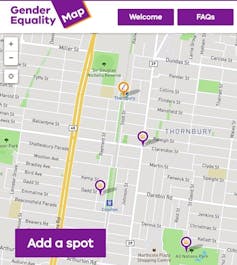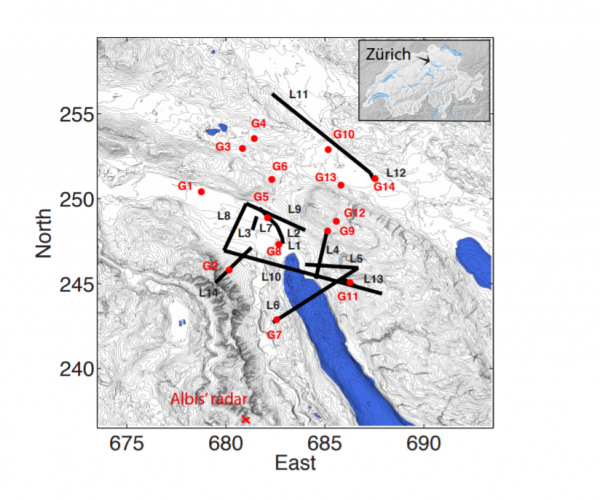Paper by Henry Farrell and Abraham L. Newman: “…Domestically, policy-makers and scholars argued that information openness, like economic openness, would go hand-in-glove with political liberalization and the spread of democratic values. This was perhaps, in part an accident of timing: the Internet – which seemed to many to be inherently resistant to censorship – burgeoned shortly after the collapse of Communism in the Soviet Union and Eastern Europe. Politicians celebrated the dawn of a new era of open communication, while scholars began to argue that the spread of the Internet would lead to the spread of democracy (Diamond 2010;Shirky 2008).
A second wave of literature suggested that Internet-based social media had played a crucial role in spreading freedom in the Arab Spring (Howard 2010; Hussain and Howard 2013). There were some skeptics who highlighted the vexed relationship between open networks and the closed national politics of autocracies (Goldsmith and Wu 2006), or who pointed out that the Internet was nowhere near as censorship-resistant as early optimists had supposed (Deibert et al. 2008). Even these pessimists seemed to believe that the Internet could bolster liberalism in healthy democracies, although it would by no means necessarily prevail over tyranny.
The international liberal order for information, however, finds itself increasingly on shaky ground. Non-democratic regimes ranging from China to Saudi Arabia have created domestic technological infrastructures, which undermine and provide an alternative to the core principles of the regime (Boas 2006; Deibert 2008).
The European Union, while still generally supportive of open communication and free speech, has grown skeptical of the regime’s focus on unfettered economic access and has used privacy and anti-trust policy to challenge its most neo-liberal elements (Newman 2008). Non-state actors like Wikileaks have relied on information openness as a channel of disruption and perhaps manipulation.
More troubling are the arguments of a new literature – that open information flows are less a harbinger of democracy than a vector of attack…
How can IR scholars make sense of this Janus-face quality of information? In this brief memo, we argue that much of the existing work on information technology and information flows suffers from two key deficiencies.
First – there has been an unhelpful separation between two important debates about information flows and liberalism. One – primarily focused on the international level – concerned global governance of information networks, examining how states (especially the US) arrived at and justified their policy stances, and how power dynamics shaped the battles between liberal and illiberal states over what the relevant governance arrangements should be (Klein 2002; Singh 2008; Mueller 2009). …
This leads to the second problem – that research has failed to appreciate the dynamics of contestation over time…(More)”


